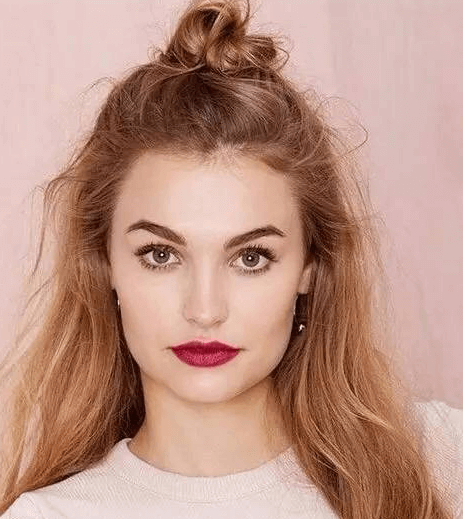There’s no physical object that represents a barrister more than that iconic wig. But why do barristers wear wigs in the UK? Read on to find out what started this tradition and why we decided to keep it.
When Did the Trend Start?
The trend was started by Louis XIV of France. In the mid-17th century, a balding scalp was considered as a sign that someone had contracted syphilis. Therefore, the king disguised his scalp using a wig. This trend quickly spread throughout the upper and middle-classes in Europe including to Britain where Charles II followed suit. The courts, however, were slower to adopt the trend, with many continuing to sport their natural hair in their judicial portraits. By 1685, full, shoulder-length wigs became part of proper court dress, because barristers were also considered as part of middle-class society.
By the 1820s, wigs had gone out of fashion but coachmen, bishops and those in the legal profession continued to wear them. Coachmen and bishops stopped in the mid-1830s but again the courts kept the tradition.
In 2007, wigs were no longer required during family or civil court appearances or when appearing before the Supreme Court of the United Kingdom. Wigs are still worn in criminal cases and some barristers choose to wear them during civil proceedings.

Why Do Barristers Still Wear Wigs?
There are a number of reasons why barristers still wear wigs. The most accepted is that it brings a sense of formality and solemnity to proceedings. By wearing a gown and wig, a barrister represents the rich history of common law and the supremacy of the law over the proceedings. There have also been arguments that wearing a wig allows a visual separation between the law and those before it.
A judge is able to suspend court dress at his own disposal, perhaps where it may intimidate children in the court or during hot periods of weather. Therefore, it really is about symbolism more than any rule.
What Does Court Dress Look Like Today?
Advocates:
Male advocates must wear a white stiff wing collar, alongside a dark double-breasted suit with a bar jacket or court waistcoat. Female advocates must wear a dark suit with bands attached to a collarette alongside their bar jacket or waistcoat
unior barristers:
An open-fronted gown with open sleeves over a black or dark suit with a short horsehair wig with curls at the side.
Queen’s Counsel:
A silk gown, court coat and waistcoat. On special occasions, a QC must wear a long wig, black breeches, silk stockings, lace cuffs and buckled shoes.
Judges:
Judges have different judicial robes depending on their status and the type of court in which they practice. Generally have a short bench wig, reserving a longer wig for ceremonial occasions
Will UK Barristers Continue to Wear Wigs?
Reforms have suggested that the court is increasingly flexible as to barristers wearing wigs. It is possible that they will be discarded in the next 50 years.


